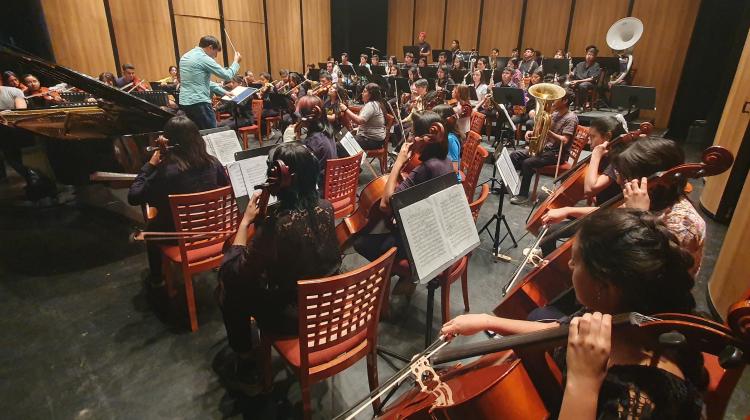Weaving a Listening Infrastructure in Informal Latin American Communities

Much has been said and written about engaging with marginalized communities in the field and theory of social sciences and urban planning. In the 1960s, Lisa Peattie advocated for action and advocacy through the lens of a researcher’s moral positions and the interests of the individuals being studied, particularly when those being studied were living in the margins. Groups, such as DUSP’s Community Innovators Lab (CoLab) center the knowledge and resources of communities they work with, often historically underserved or marginalized populations. Building upon those themes, in a new paper for the journal of Urban Studies, DUSP alum Antonio Moya-Latorre explores a new modality for engaging with communities that are particularly vulnerable to material and social stigma.
“Many self-built settlements practice peripheral urbanisation, where residents fulfill their own material, social and cultural needs. But because these communities exist independently of formal systems of planning and service delivery they are silenced and the knowledge and experiences are lost to the field of planning,” says Moya-Latorre (MCP ‘19), a doctoral candidate at Cornell University who is defending his dissertation this May. In his article, Moya-Latorre reflects upon cultural initiatives of the residents of Vicente Guerrero, a settlement built around the largest landfill in Oaxaca, Mexico. “Through self, collective and social listening the residents of Vicente Guerrero promote self-growth, spark community projects and invest in the creation and showcasing of creative places. My analysis and writing aims to enrich debates about the fundamental role of cultural infrastructure in the making of cities and their peripheries.”
Moya-Latorre is an action-researcher, committed to working with underserved communities in Latin American cities and building synergies between academic institutions in Latin America, Spain, and the United States. His research explores how fairer cities are being built through arts-based radical planning processes taking place on the urban peripheries.
Read the full paper, “Community weaving across Latin American peripheries: A listening infrastructure in Oaxaca”


